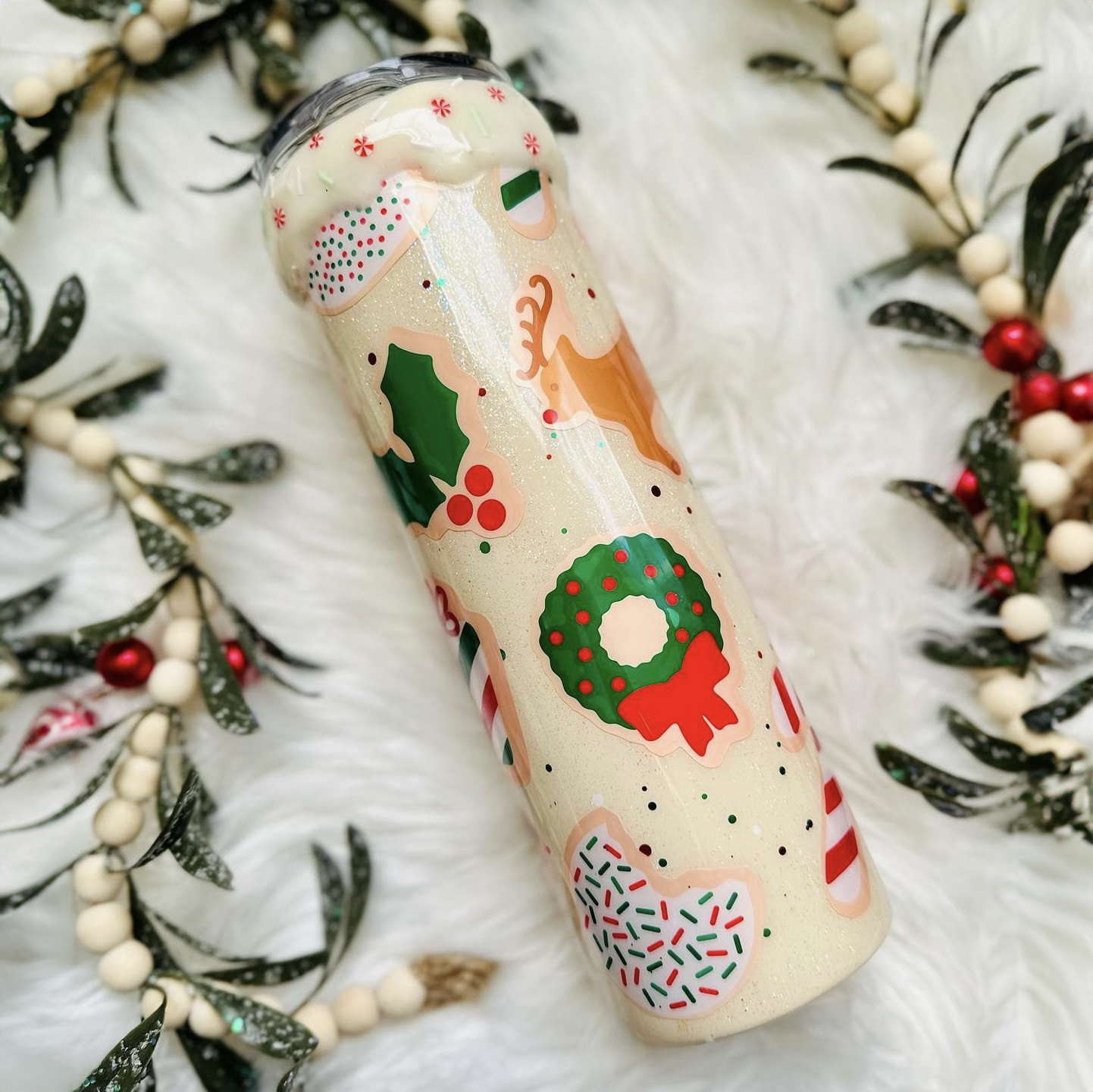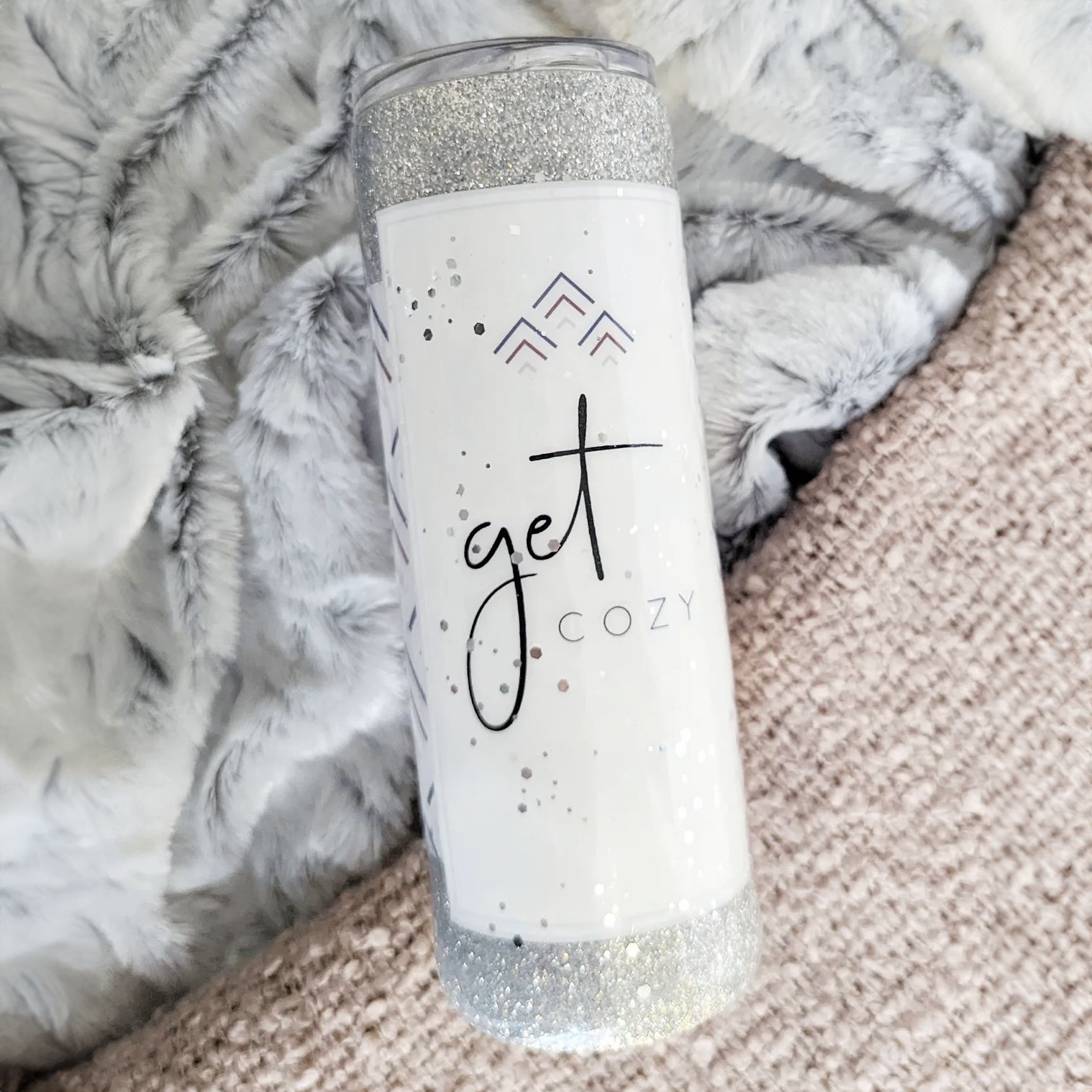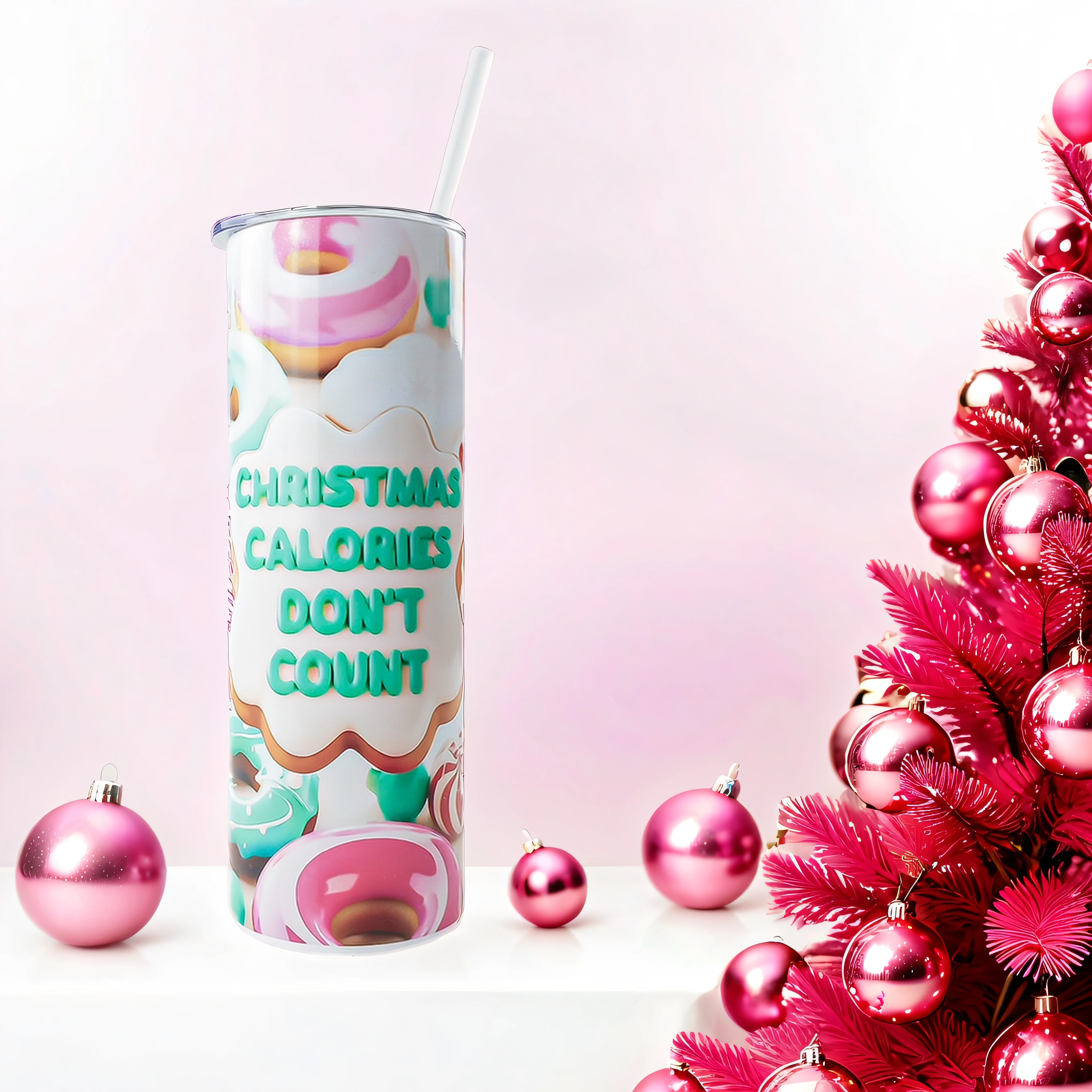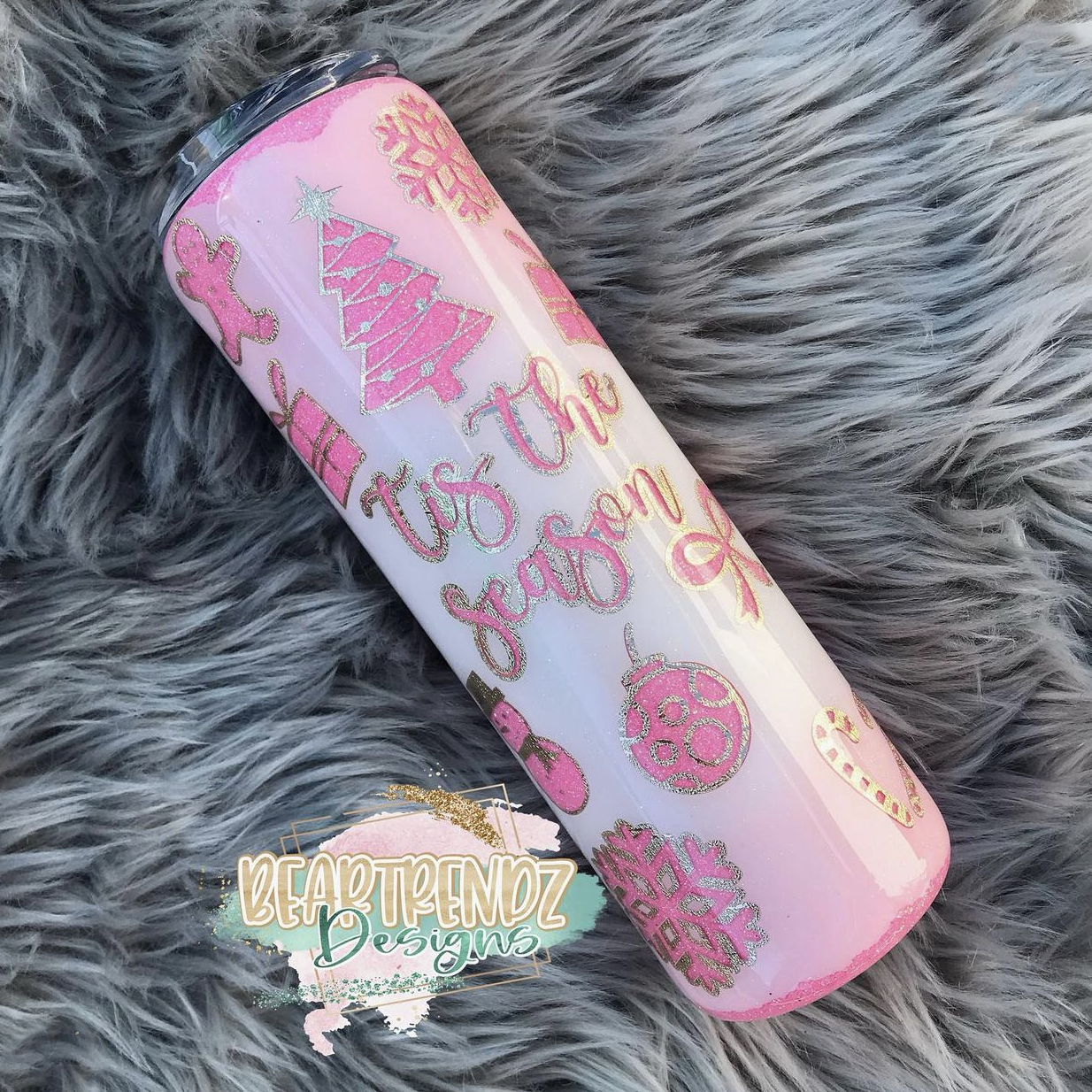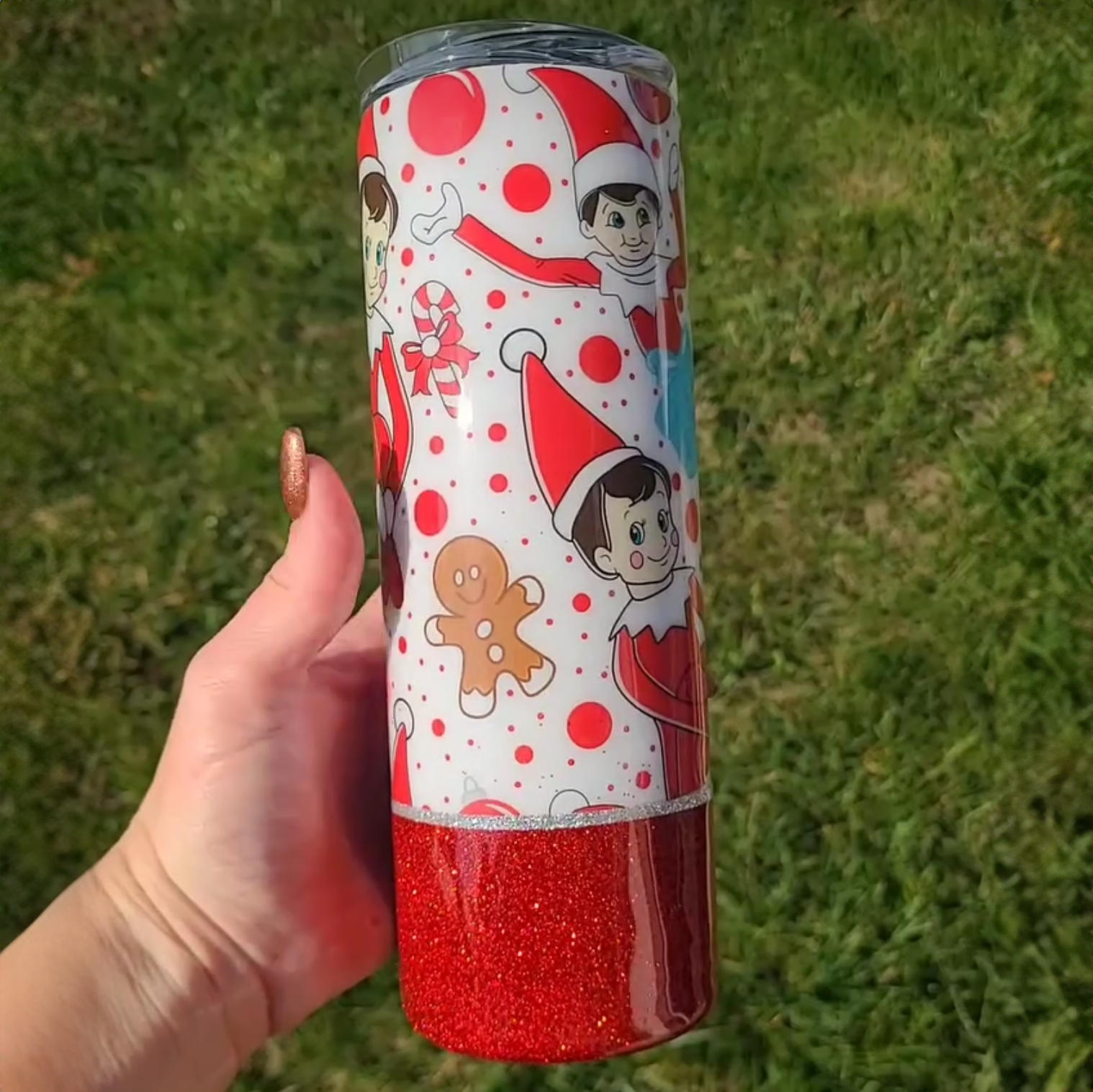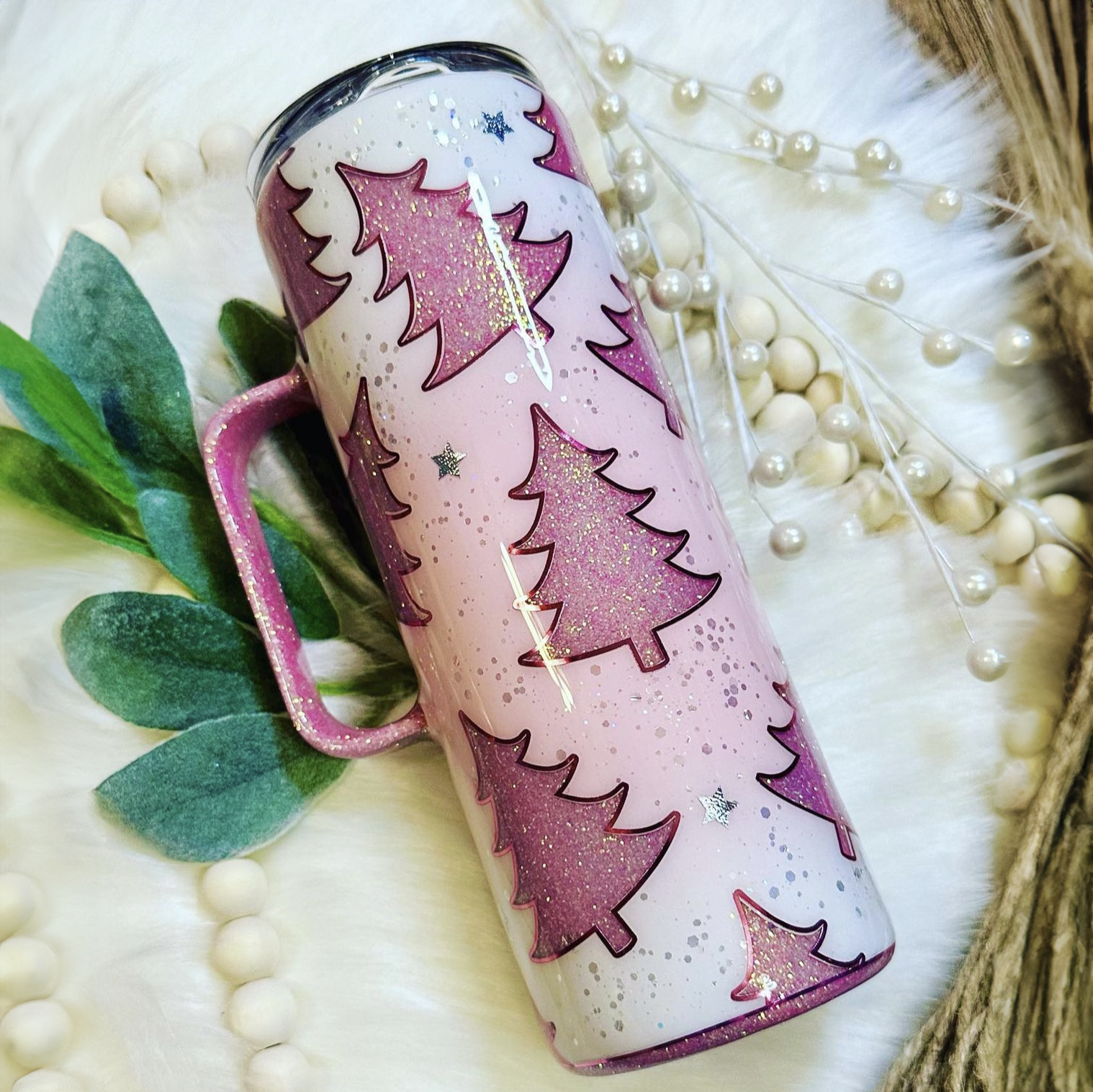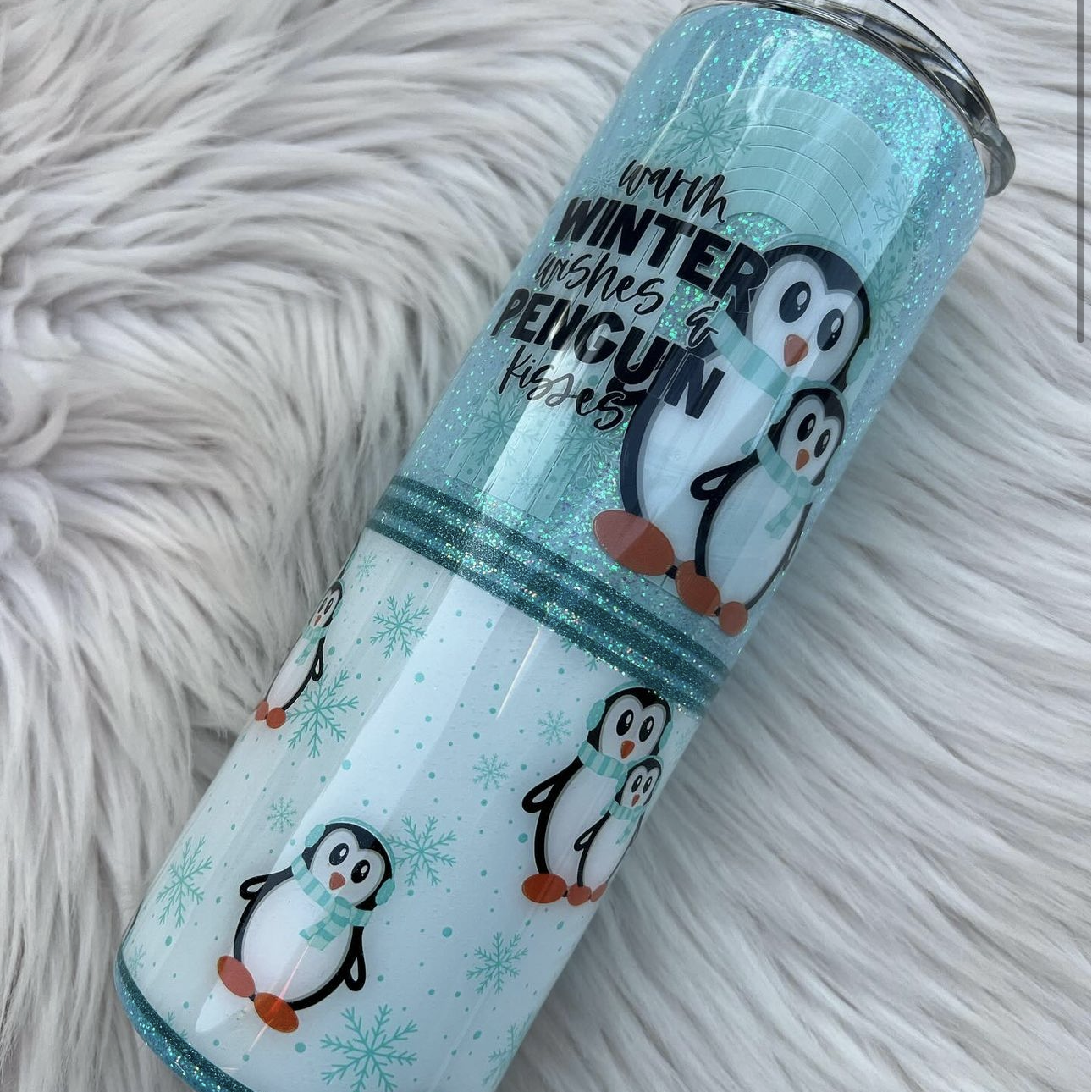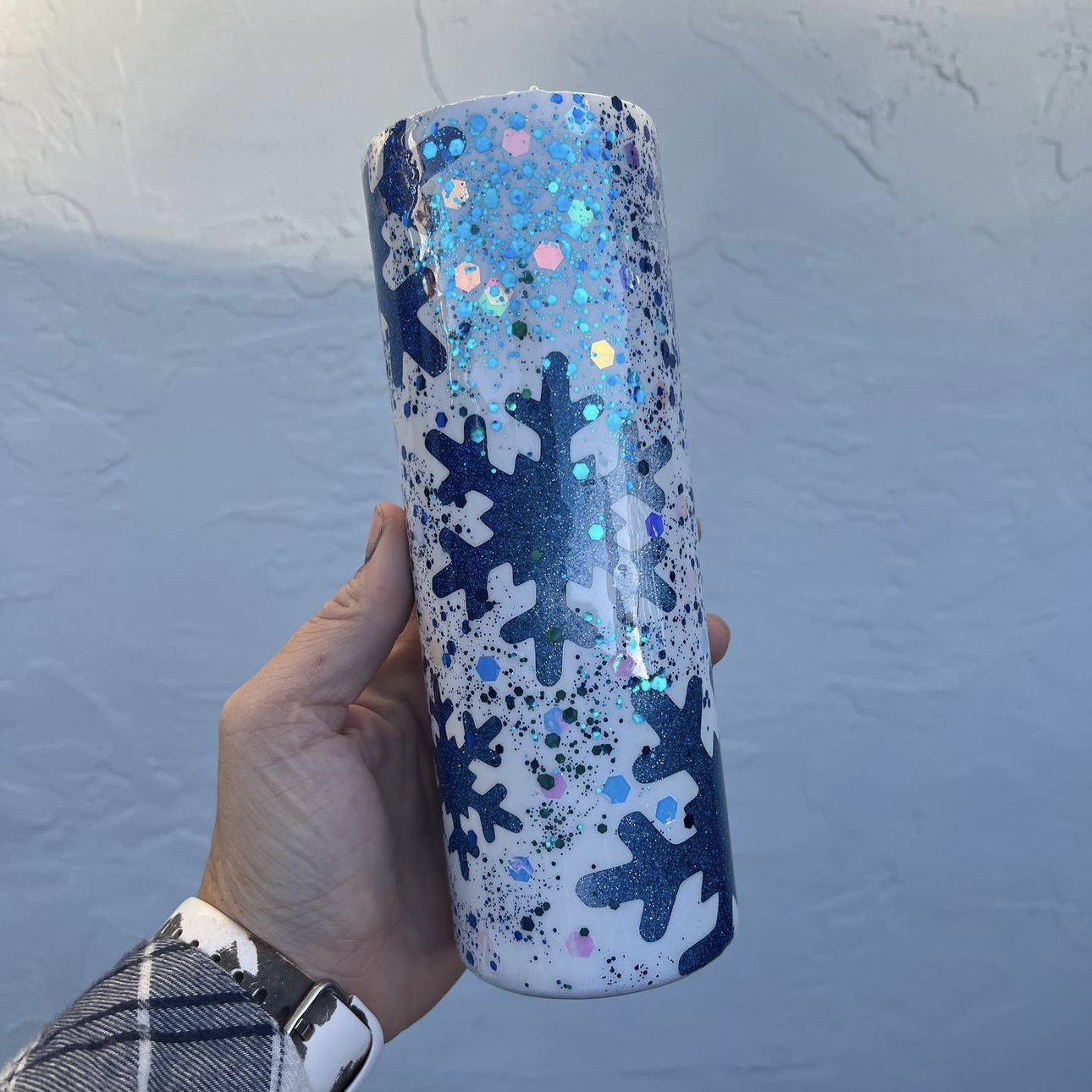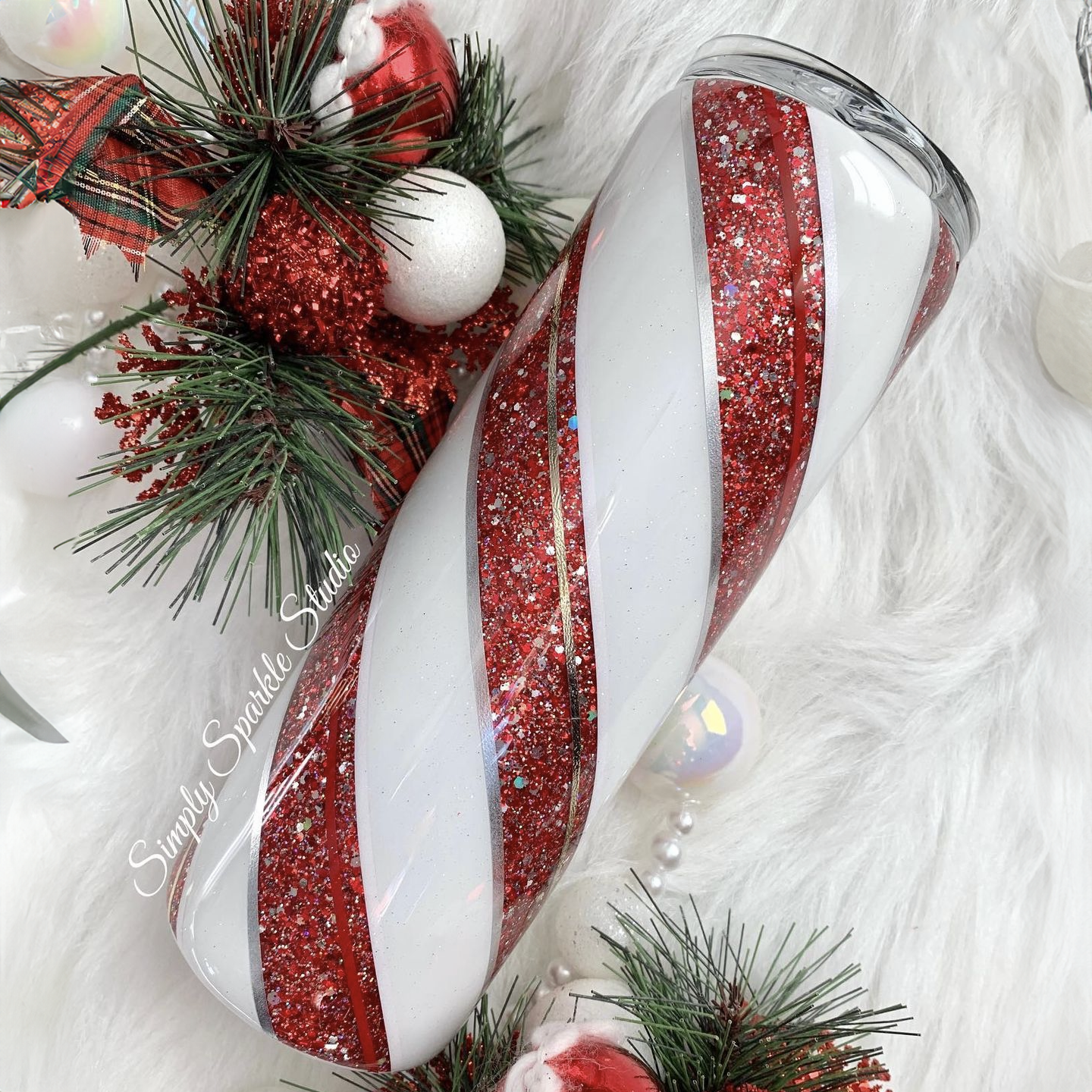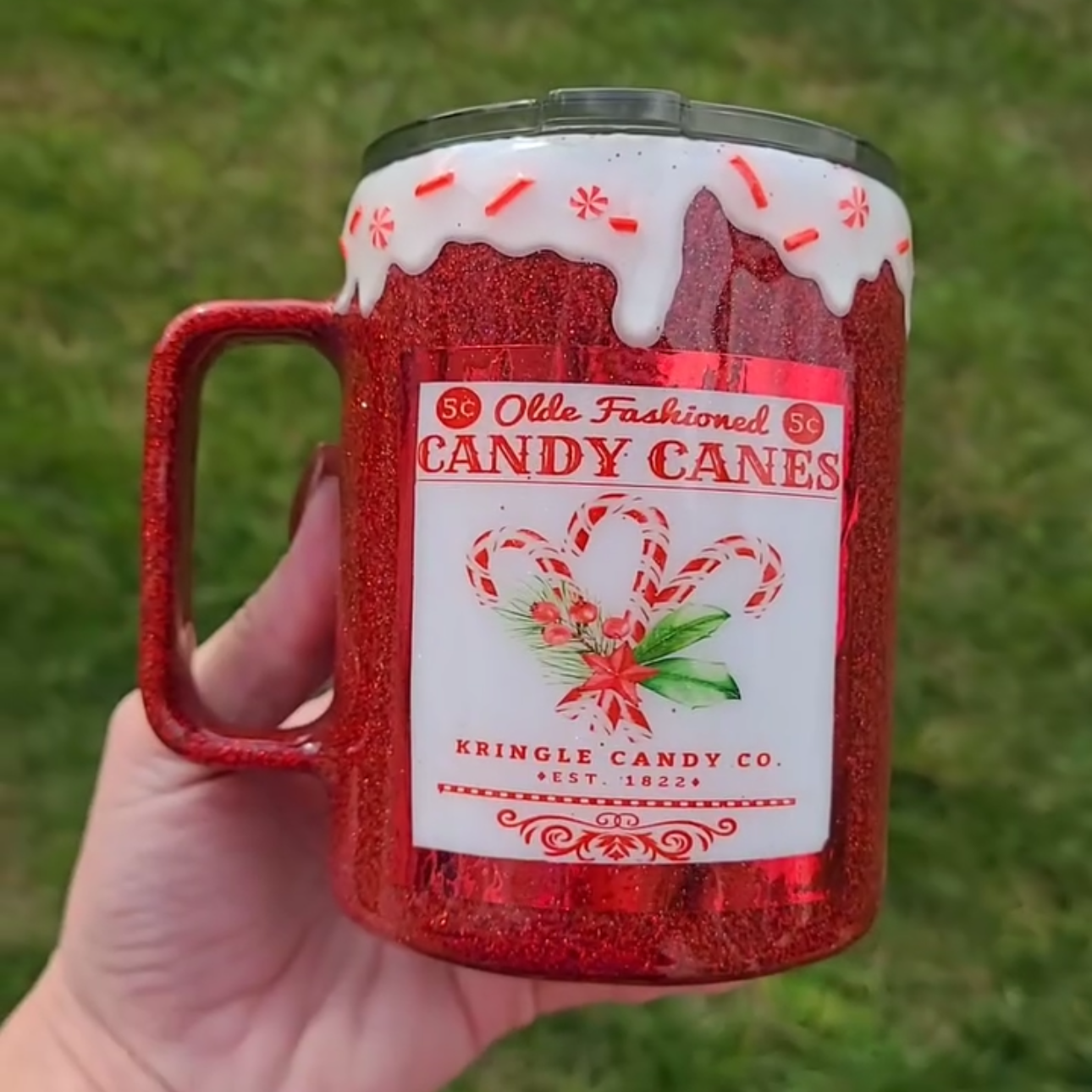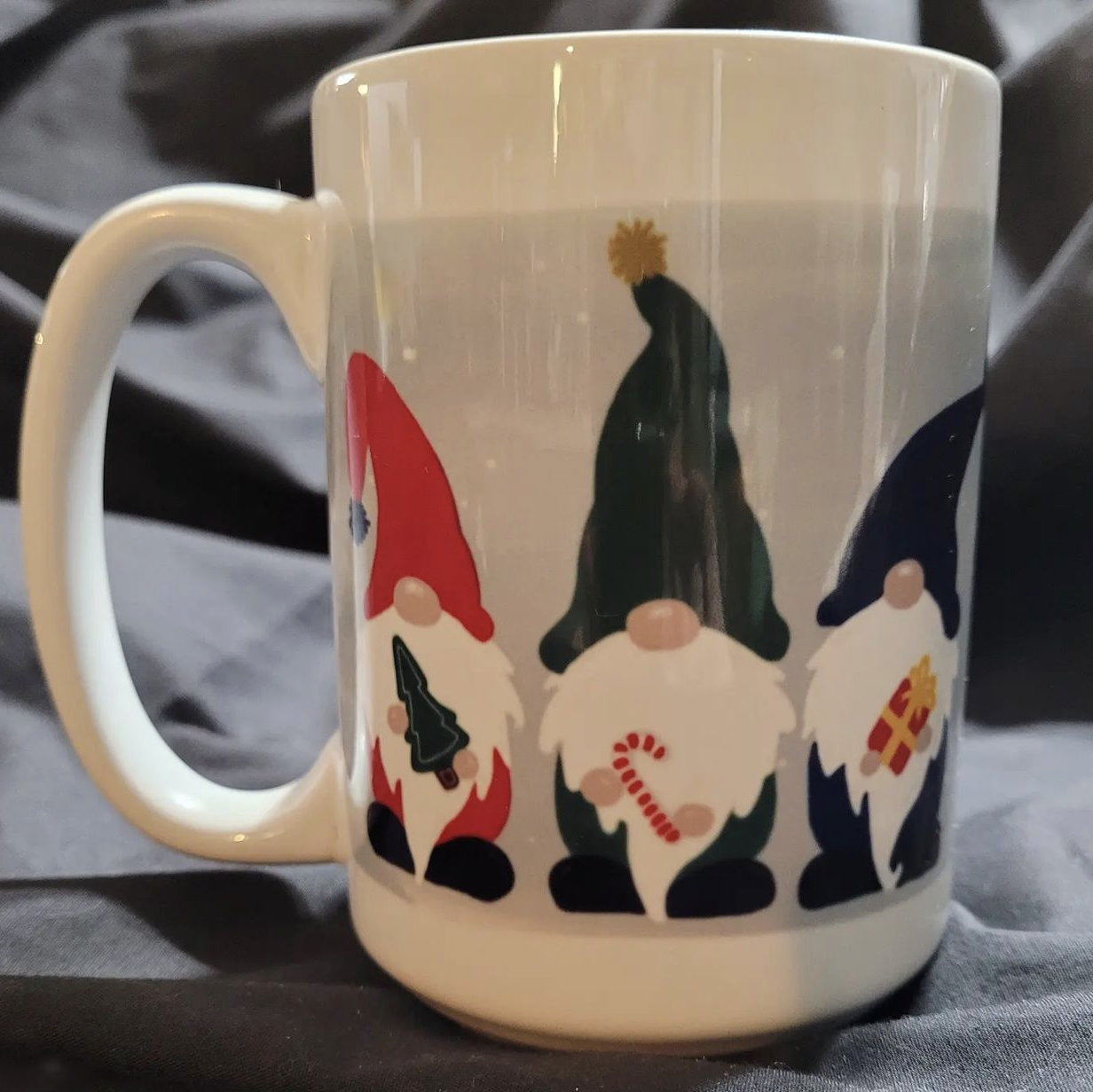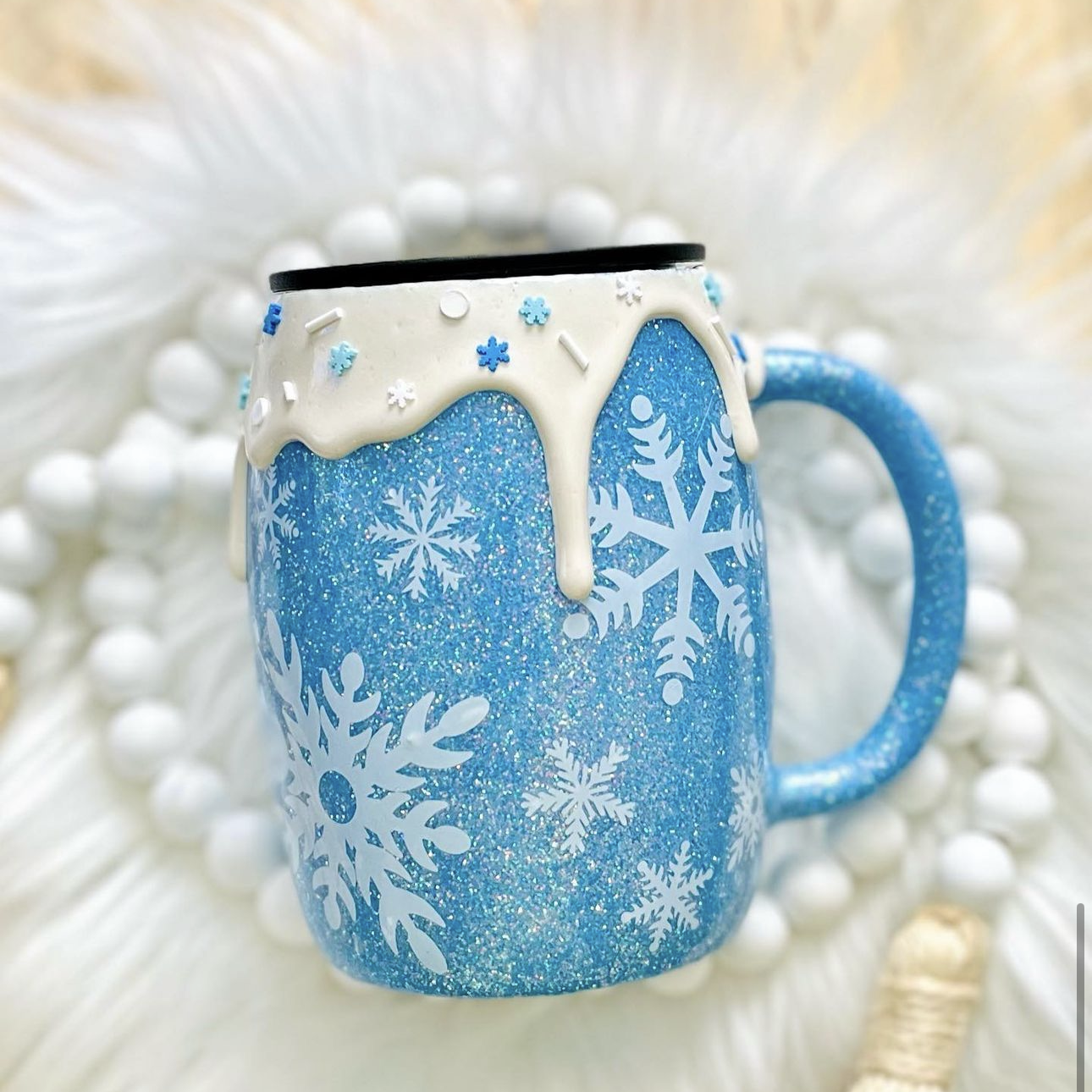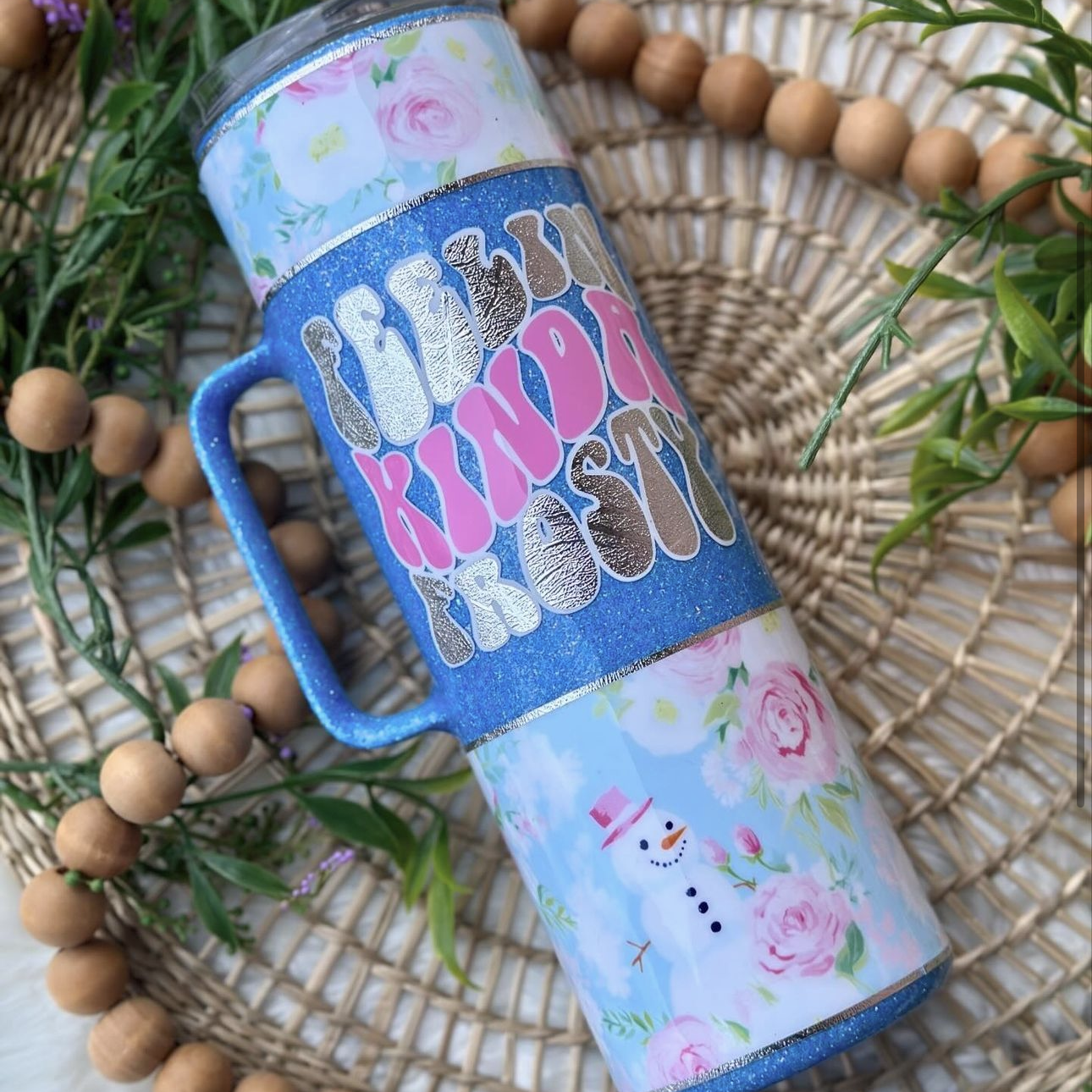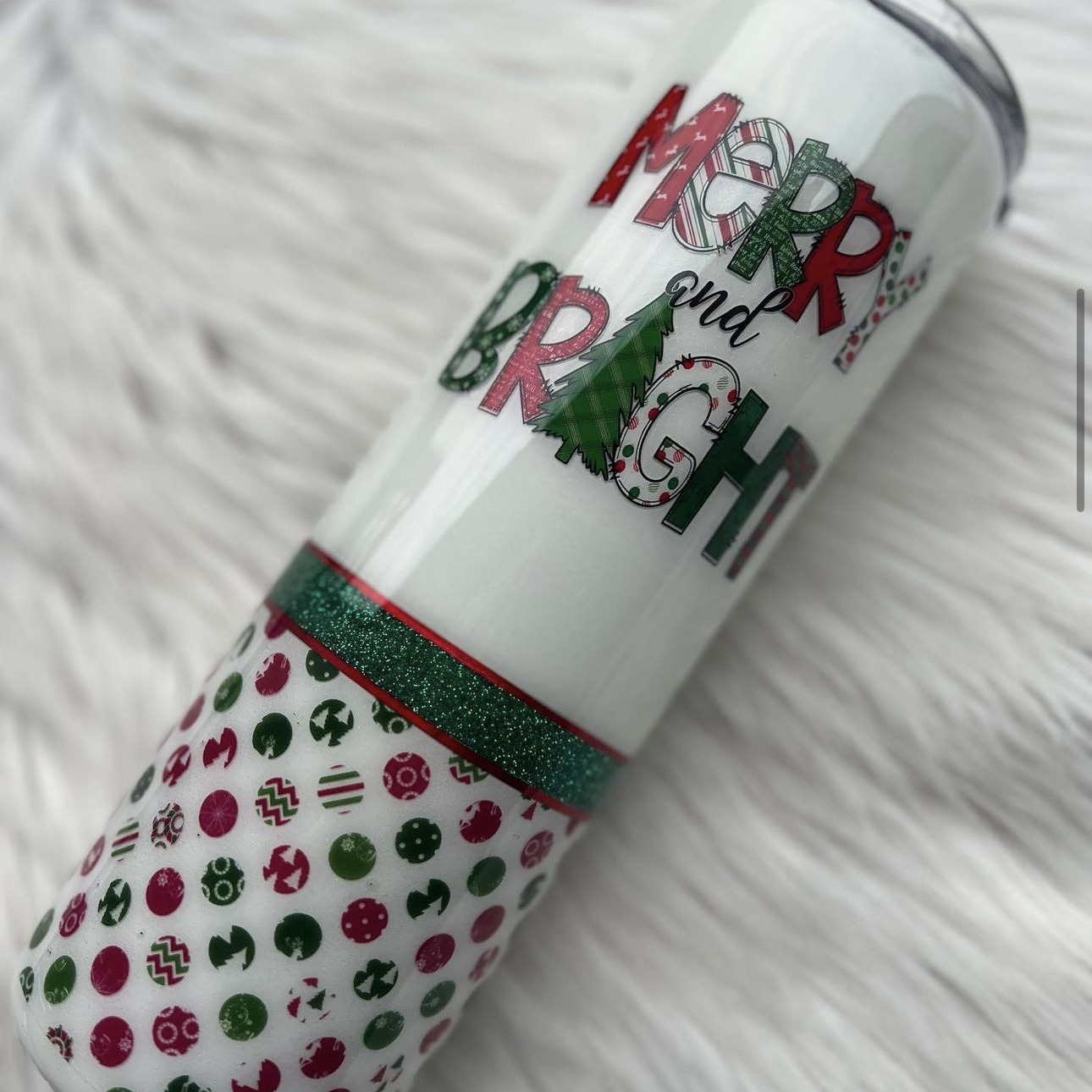
What separates a fleeting business idea from a successful, long-lasting venture?
The answer often lies in the business plan. It's essential to have a map charting the path ahead. It’s not just about documenting numbers or strategies — it's about creating a vision, establishing a direction, and preparing for future challenges.
Even the smallest ventures can face big challenges, and having a blueprint can turn these challenges into stepping stones for success. A business plan can streamline your efforts and generate growth by helping you set a foundation, chart out your goals, and understand your target market. It gives side hustlers and business owners alike a clear direction, enabling them to prioritize tasks and make informed decisions to maximize returns.
Whether you're just starting your tumbler business or want to revitalize your existing approach, it’s critical to understand and implement a comprehensive business plan. Let's set the foundation for a business that stands tall among the competition.
The Importance of a Business Plan for Your Tumbler Business
How do you ensure your business survives and thrives in a landscape with so many consumer options? It starts with a well-constructed business plan. Just as an architect makes detailed blueprints before erecting a building, you should consider creating a clear plan for your tumbler business. So, let’s unpack why this foundational document is crucial to sustainable success.
Setting the Foundation
A business plan is your company’s skeletal structure. It offers direction and clarity to your venture. It lays the groundwork, helping you visualize where you’re going, from the startup phase to tremendous growth. This is not a document to stash away in a drawer — it’s a guide that evolves with your business, adapting to challenges and leveraging opportunities.
Mitigating Risk
Challenges will always arise, but how you navigate them determines your longevity in the market. A comprehensive business plan gives you valuable foresight in addressing hurdles and setbacks. It allows you to anticipate potential roadblocks and strategize ways to overcome them. This plan is about preparing for challenges and ensuring your tumbler business remains strong when they hit.
Kickstart with a Brainstorming Session
Brainstorming sessions are the place where ideas flow freely, boundaries are pushed, and the essence of your tumbler business starts taking shape. Once the brainstorming dust settles and the best ideas rise to the top, it's time to encapsulate that vision into an executive summary.
When you're embarking on your tumbler business journey, it’s essential to invite multiple perspectives. If you’re just starting out, consider meeting with fellow creative minds, friends, or even potential consumers. Encourage open dialogue, where no idea is too wild or too simple.
Remember, sometimes the most groundbreaking concepts emerge from the unlikeliest of suggestions! Brainstorming sessions are all about exploring every avenue and every potential direction your tumbler brand can take.
Crafting the Executive Summary
You’re likely buzzing with ideas, concepts, and potential strategies from post-brainstorming. It's time to funnel this information into a concise executive summary. In this section, briefly outline:
- What your tumbler business is: A brief description of your venture
- What sets it apart: Highlight your unique selling points
- Where you see it going: A snapshot of your vision and mission
- Why it matters: Shed light on your tumblers' unique selling point, such as hand-painted designs
Write a Detailed Company Description
While the executive summary serves as a captivating trailer, your company description is the full feature film. This section is the heart of your business plan. A comprehensive company description offers clarity and acts as a reference point for internal decisions and alignments.
The Core Identity
Begin by elaborating on the very essence of your tumbler business. Dive into the mission and vision statements of your company. Answer the question: Why does your business exist? This isn't about selling a product but introducing a brand ethos that resonates with potential customers. This shouldn’t be an easy surface-level answer. Try to really dig deep and uncover exactly what you hope to achieve by bringing your creations into the world. Once you understand your business’s core identity, you pave the way for further growth and sales.
Business Structure and Operations
In this segment, elaborate on the framework of your venture. Whether you're operating as a sole proprietorship, a partnership, or an LLC, detail the business structure and go beyond the basics.
Discuss the operational aspects — from the location of your business to the nature of your production process. If you have a physical store, detail its whereabouts. If you’re primarily online, discuss your e-commerce platform and distribution channels. Ensure that anyone reading this section understands how your tumbler business functions daily.
Target Market and Unique Value Proposition
No business operates in a vacuum. Identify and describe the audience you aim to serve. Are they environmentally conscious millennials? Are busy professionals seeking a reliable beverage companion? Dive deep into your target market's demographics, preferences, and buying habits.
Once you've painted that picture, shift focus to your value proposition. This is the magic ingredient — the reason why a consumer should choose your tumbler over a competitor's. Maybe your tumblers have hand-painted illustrations or feature intricate etchings, making each piece a one-of-a-kind work of art. Such craftsmanship gives customers a sense of exclusivity, knowing they have something truly unique. Whatever your unique value proposition is, make it shine in this section.
Charting Out Your Business Goals
In business, clearly defined goals are paramount. But it's not enough to simply have goals — they should be precise, achievable, and aligned with your brand's essence.
Why is goal-setting so crucial? Goals are the foundation for your business strategy. They offer direction, foster motivation, and provide a clear yardstick for measuring progress. Without clear goals, even the most passionate tumbler entrepreneurs can find themselves lost without clear goals.
SMART Goals
While goals are paramount, setting arbitrary or unrealistic objectives can do more harm than good. Enter SMART goals — an acronym for Specific, Measurable, Achievable, Relevant, and Time-Bound. This methodology ensures that each goal you set has a clear purpose and a defined path to achievement. Let’s take a look at these SMART goals in action.
Specific
- Goal: "I want to increase my tumbler sales."
- SMART Application: Narrow down what you specifically want to achieve. Instead of a vague objective like wanting to "increase sales," be more specific.
- SMART Goal: "I want to increase online sales of my hand-painted tumblers."
Measurable
- Goal: "I want to sell more tumblers."
- SMART Application: Set a clear, quantifiable target to gauge progress.
- SMART Goal: "I aim to sell 200 hand-painted tumblers online each month."
Achievable
- Goal: "I want to become the top-selling tumbler brand in the country."
- SMART Application: As a small business, national dominance might not be feasible right away. Instead, focus on realistic growth based on your current capacity, resources, and market.
- SMART Goal: "I aim to be the top-selling hand-painted tumbler brand in my state within two years."
Relevant
- Goal: "I want to start selling other kitchenware along with my tumblers."
- SMART Application: While diversifying can be a sound business strategy, ensure that it aligns with your brand's identity, target audience, and core competencies. If your unique value proposition is your tumbler artistry, it might be more relevant to expand within that niche.
- SMART Goal: "I want to introduce two new hand-painted tumbler designs each quarter, drawing from customer feedback and popular trends."
Time-Bound
- Goal: "I want to increase my customer base."
- SMART Application: Set a clear timeline to keep yourself accountable and track progress.
- SMART Goal: "I aim to gain 500 new online customers for my hand-painted tumblers by the end of the year."
Diversifying Goals: Short-Term vs. Long-Term
Not all goals are created equal. Some might be milestones you wish to achieve in the next quarter, while others could be visions you harbor for the next decade. It's crucial to balance both.
- Short-Term Goals: These are immediate targets for launching a new tumbler design, initiating a marketing campaign, or expanding to a new sales platform. They're the more tangible, immediate objectives that you can track and achieve relatively quickly.
- Long-Term Goals: These revolve around your broader vision, like becoming a household name in the tumbler industry or expanding internationally. Maybe it's about etching your brand as a staple in every household or breaking geographical barriers to introduce your tumblers on an international stage.
These two types of goals often don't exist in isolation. More often than not, the achievements of short-term objectives pave the way and guide your journey toward long-term aspirations.
Periodic Review and Adaptation
While staying committed to your goals is essential, adapting to change is equally vital. Regularly reviewing and adjusting your objectives ensure that your tumbler business stays relevant and on course. Embrace change, learn from feedback, and be willing to refine your goals to mirror the changes in the business world.
Crafting a Financial Plan
Your financial plan can be the difference between profit and loss and growth and stagnation. It serves as a narrative telling the story of where your business stands and where it's headed.
Every great venture starts with a seed, and in the business world, this often translates to startup costs:
- Inventory Costs: How much will it take to stock up on tumblers and related materials?
- Equipment and Tools: Do you need special machinery or tools to customize or produce the tumblers?
- Licenses and Permits: Ensure your business operates within the legal framework. Factor in costs for any necessary licenses or permits.
Financial planning isn't about constraining your tumbler business within rigid boundaries. It's about granting it the freedom to grow, evolve, and prosper, all while navigating the unpredictable terrains of commerce with confidence and clarity.
Business Plans Lead to Business Success
Each element of your business plan is essential. It’s critical that you understand the importance of your business plan, kickstart your strategy with a brainstorming session, explore the heart of your company's story, implement SMART goals, and create an airtight financial plan.
Remember, in a world brimming with choices, you need to use every tool at your disposal to set yourself apart from the competition. Your business plan can serve as an invaluable guiding star, illuminating your path to success.
If you want to learn more about improving your tumbler brand and strategy, join the HOGG Outfitters Facebook Group, where you can connect with and learn from numerous other tumbler entrepreneurs. Additionally, you can follow us on Instagram for great tumbler supplies and inspiring designs!



